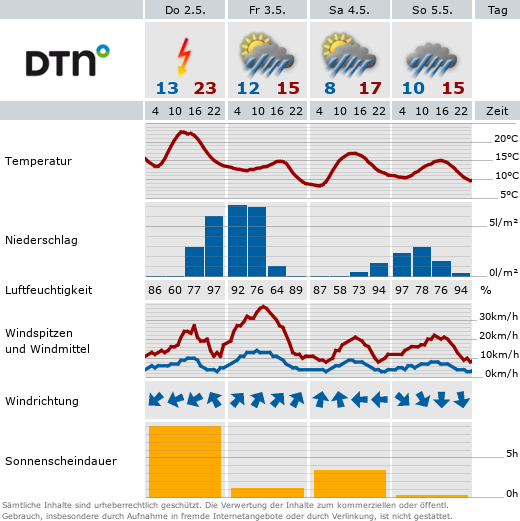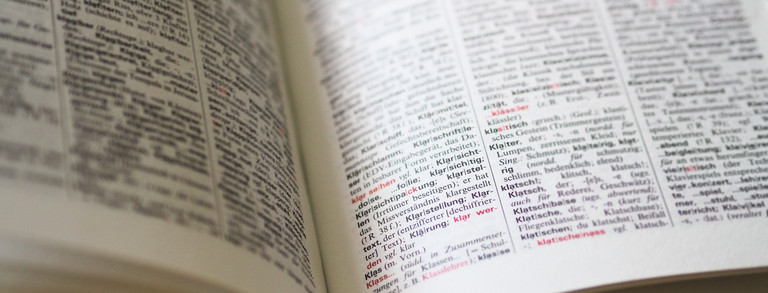Heterosexuality, the | heterosexual (adj.)
Heterosexuality is considered normal and natural. However, the concept of heterosexuality, as it is understood today, has not existed for very long.
Heterosexuality describes a sexual orientation in which a person is primarily or exclusively attracted to the opposite ⇒ sex. Behind this lies a general understanding that women are attracted to men and vice versa. The requirement for this understanding is a ⇒ binary gender construct. Heterosexuality as a concept is to be distinguished from the sexual act of reproduction. Heterosexuality as a description for one’s identity has only existed since the late 1860s. The term originally was used by the Austro-Hungarian journalist Karl Maria Kertbeny. He used the term in texts against homophobic laws of the Prussian state. It was only at this time that the distinction between homosexual and heterosexual began (Ambrosino 2017). Prior to this, sexual acts were only distinguished into contributing to reproduction or not. In the Christian faith, same-sex intercourse or masturbation was already considered forbidden because neither contributes to reproduction (Blank 2012).
It was only after the terms were introduced that social standardization as we understand it today emerged. Through psychologists such as Richard von Krafft-Ebing and Sigmund Freud, heterosexuality was established as the norm (Ambrosino 2017). Krafft-Ebing first described ⇒ homosexuality as something abnormal in his book "Psychopathia sexualis" in 1886. Influenced by Christian principles, he categorized all sexual acts that were not reproductive as perversion (Ambrosino 2017). While scientific evidence was sought in the 20th century as to why people are homosexual, heterosexuality was accepted as a given and natural. There is no scientific evidence as to why people are homosexual or heterosexual (Blank 2012).
Thus, the current concepts of homosexuality and heterosexuality did not emerge until the 19th century in Europe.
The concepts of heterosexuality, naturalness, and binary gender understanding also played a role in colonial rule. ⇒ Queer lives were criminalized, persecuted, and murdered in many countries by European colonial powers. Examples can be found in India, Pakistan, Bangladesh, Namibia, Nigeria, and the indigenous peoples of North America, where individuals who did not identify as "male" or "female" were disenfranchised and punished by colonial powers (Al Nakeeb 2021). At the same time, they were stigmatized as their "pre-colonial narratives" (ibid, p. 23) were erased and replaced with derogatory terms. China's history also features a large prevalence of homosexuality, which can be traced back to the Bronze Age. Colonialists, however, judged it as a perversion and something unnatural (Hinsch 1992). The stigmatization and criminalization of queer BIPoCs is also a legacy of the colonial period. The effects can still be found today in the form of anti-queer laws in formerly colonized countries. But the European view of these countries also carries the legacy of the colonial era. Since their queer history is invisible, it is assumed that queer life was never accepted, and they would have to "evolve" to that end (Al Nakeeb 2021).
Last updated: April 2025
Sources (in German)
-
Al Nakeeb, Dahlia (2021): Vom kolonialen Wahn der Genderbinarität und Queerfeindlichkeit. In: Warrach, Nora (Edit.): Sexualitäten und Geschlechtsidentitäten in der Migrationsgesellschaft. IDA. Pp. 21–24.
-
Ambrosino, Brandon (2017): The Invention of ‘Heterosexuality'. BBC Future. Last accessed 10.04.2025.
-
Blank, Hanne (2012): Straight: The Surprisingly Short History of Heterosexuality. Beacon Press.
-
Hinsch, Bret (1992): Passions of the Cut Sleeve: The Male Homosexual Tradition in China. University of California Press.
The glossary is meant to evolve through mutual exchange with readers.
We regularly put the definition of a term up for discussion under #klargestellt. Do you have questions or suggestions? Join the discussion and contribute to a better understanding of the terms! We welcome your feedback to: shk.gleichstellung@verwaltung.tu-dortmund.de






